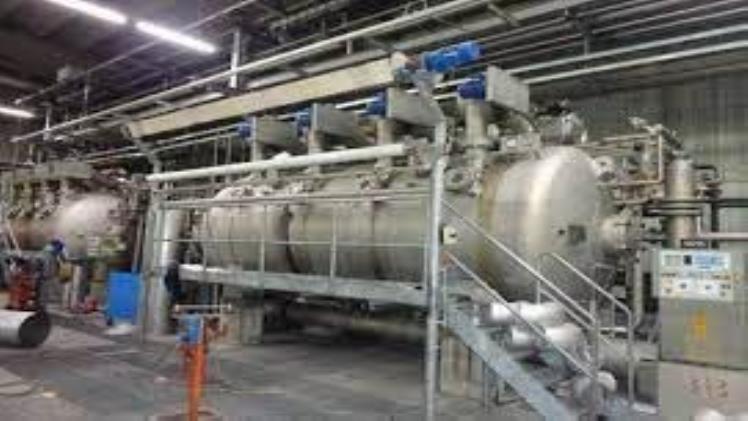What Is a Dyeing Machine?

Dyeing machines are devices used to apply color to textiles or other materials by mixing liquids with chemicals. Dyeing machines come in various sizes and capacities; they may bleach, shrink, wash, dye or finish textiles made of synthetic or glass fibers. Some have special features designed to boost efficiency or reduce energy consumption.
Dyeing fabric involves convectional diffusion and absorption of dye into the fiber, giving the finished product its color. This process is affected by both the relative movement between the dye solution and fiber as well as interstitial retention or exhaustion of dye. It is a complex and time-consuming task with many steps necessary to produce uniformly colored end-use products.
Common factors affecting dye adsorption and the level of color produced include the amount of salt added to the dye bath, how quickly fabric is immersed in it, and how many times it’s re-immersed. Other elements like water added to the dye bath, fabric type, density of dye used, length of fabric and dye temperature also play a role.
Modern dyeing machines often employ a heating system that uses live steam to heat the dye liquor before injecting it into the dye bath. This reduces agitation during dyeing and allows for faster fabric rinsing.
In addition to steam, some dyeing machines utilize a high-pressure system for adding more salt into the bath or increasing the pressure of liquor before injection into the dyebath. This improves efficiency in the process and saves energy through reduced evaporation.
The most widely-used dyeing machine is the jigger, which applies small amounts of dye to various fabrics. Jiggers feature two main rollers that rotate on smooth bearings and are connected to a driving mechanism that can be reversed when needed.
These machines feature a lower section that contains the fabric trough. Guide rollers situated throughout the trough help guide fabric as it passes through, enabling it to move consistently as it’s inserted into dye liquor.
Other common jigger features include heat exchangers that provide direct or indirect heating of the liquor, and horizontal spray pipes fitting across the trough. These sprays help expedite fabric rinsing while cutting labor costs.
Additionally, some jiggers come equipped with automatic control systems that offer smooth and jerkless stop/start operations, counters for fabric speed and metering, and gradual yet noiseless reversal. These features help guarantee proper machine operation while reducing errors.
Some jiggers offer automatic dyeing equipment that can adjust the ratio between dye bath and garments for each run, leading to higher dye adsorption and better leveling effects. These adjustments can be customized according to specific requirements in the dyeing operation.
